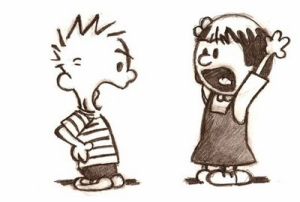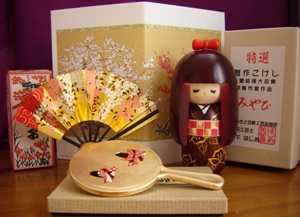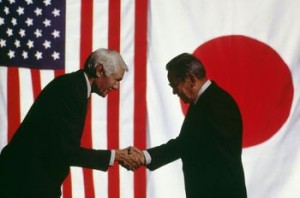This blog has been a real eye opener to me. I originally chose this blog because my dad went to Japan and I found it extremely interesting. I have always wanted to travel and this gave me the opportunity to travel and never leave my computer. I have taken away so many different things and learned a new respect for the Japanese culture. The Japanese do things differently than Americans but not everything that they do is bad. The way a culture interacts among its people is one thing that I did not know about Japan. I have a new-found respect for the Japanese people and some ideas that I may have had in the past are now gone. If I had not taken this class I would not have learned so much about Japan. I really want to travel there one day and maybe explore the other Asian countries to see what the differences in their culture are opposed to the Japanese culture.
My dad is actually traveling back to Japan for work and he leaves on Monday. I am very excited to talk with him when he gets back and see what differences he picked up on. He knows I have been doing this blog and has asked me a few questions about the culture and what he should do differently from his first trip. He said he is most looking forward to the long dinner because that is how they build relationships in Japan before negotiations occur. The Japanese people always treated him with respect and he loves how he is treated when he travels over there. The worst part for him being 6’3 is the flight over!





